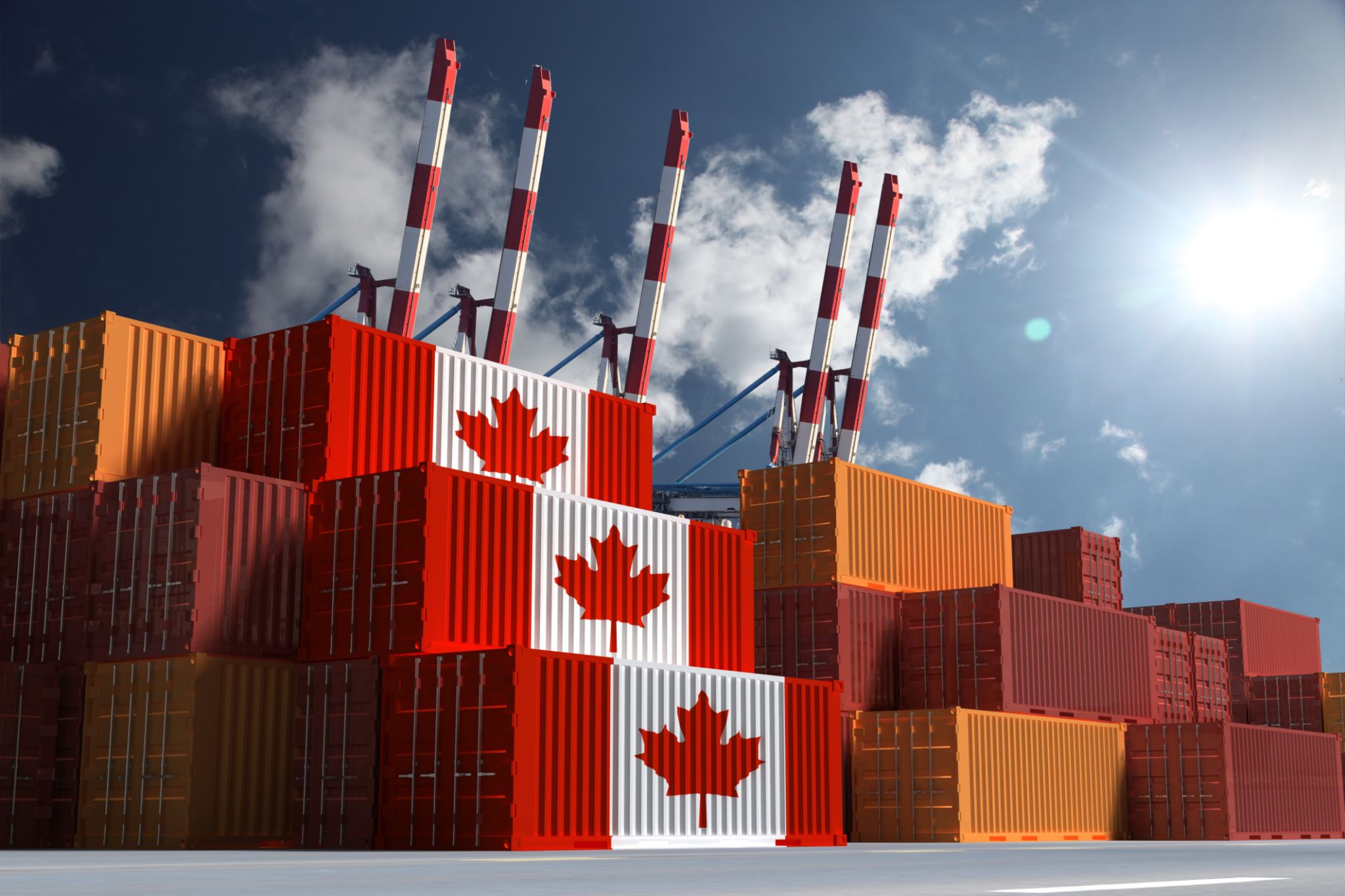A Beginner's Guide to International Shipping: What You Need to Know
Understanding the Basics of International Shipping
International shipping can be a complex but rewarding endeavor for businesses looking to expand their market reach. Whether you're a small business owner or an eCommerce retailer, understanding the basics of international shipping is crucial. The process involves transporting goods across borders, which requires knowledge of logistics, regulations, and costs.

Choosing the Right Shipping Method
One of the first decisions you'll need to make is selecting the appropriate shipping method for your products. The most common options include air freight, sea freight, and courier services. Air freight is typically faster but more expensive, making it ideal for smaller items or perishable goods. Sea freight, on the other hand, is more cost-effective for larger shipments but takes longer. Courier services offer convenience and speed for smaller packages but may come at a premium price.
Understanding Shipping Costs
Shipping costs can vary significantly based on factors such as the weight and dimensions of the package, the destination country, and the chosen shipping method. It's essential to get quotes from multiple carriers to find the most competitive rates. Additionally, be aware of hidden costs like fuel surcharges, customs duties, and taxes that can impact the total shipping cost.

Navigating Customs and Regulations
Each country has its own set of regulations and customs requirements that must be adhered to when shipping internationally. It's crucial to familiarize yourself with these rules to avoid delays or penalties. Proper documentation, such as commercial invoices and packing lists, is necessary to ensure smooth customs clearance.
Packaging and Labeling Best Practices
Proper packaging and labeling are vital for protecting your goods during transit and ensuring compliance with international shipping standards. Use sturdy packaging materials and secure items with bubble wrap or packing peanuts to prevent damage. Labels should include accurate information such as the sender's address, recipient's address, and any necessary handling instructions.

Tracking and Insurance
Once your shipment is on its way, having tracking capabilities is essential for monitoring its progress and providing peace of mind. Most carriers offer tracking services that allow you to see where your package is at any given time. Additionally, consider purchasing insurance to protect your shipment against loss or damage during transit.
Dealing with Returns
International returns can be challenging due to the complexities of cross-border logistics. Clearly outline your return policy for international customers and consider using a local returns center to streamline the process. This approach can help improve customer satisfaction and reduce return costs.
Conclusion
Embarking on international shipping can open up new opportunities for your business. By understanding the fundamentals of shipping methods, costs, customs regulations, and packaging best practices, you can navigate this complex landscape with confidence. With careful planning and execution, international shipping can become a valuable component of your business strategy.

